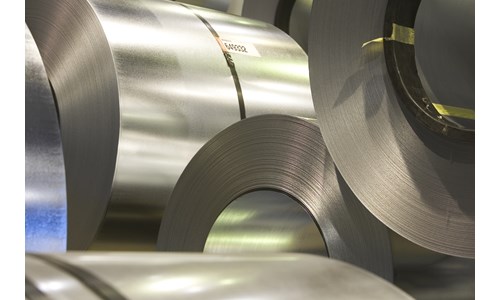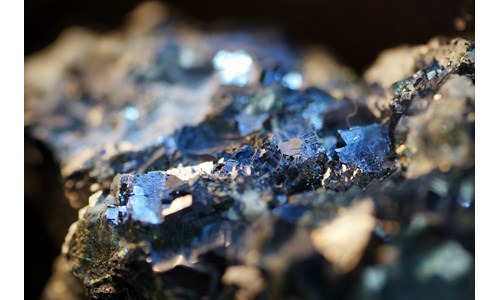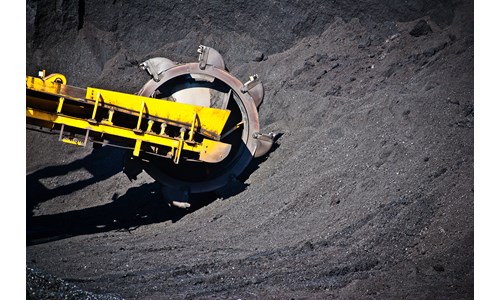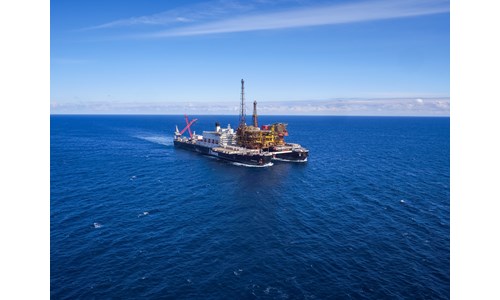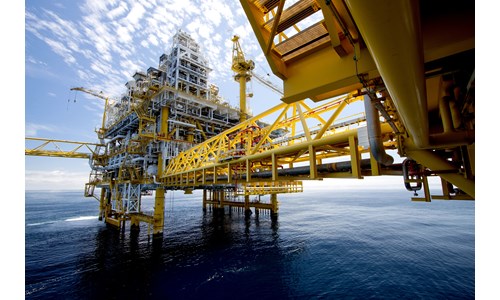Carbon emissions performance in US GoM: a low emitter in the crossfire
*Please note that this report only includes an Excel data file if this is indicated in "What's included" below
Report summary
Table of contents
- Executive summary
- Comparing to US imports
-
Assessing GoM deepwater emissions in more detail
- Could carbon leakage be an argument used in shaping policy change?
Tables and charts
This report includes the following images and tables:
- Emissions intensity for US crude importers
- Reported EPA emissions for select offshore platforms
- GoM deepwater 2021 emissions intensity by company
What's included
This report contains:








